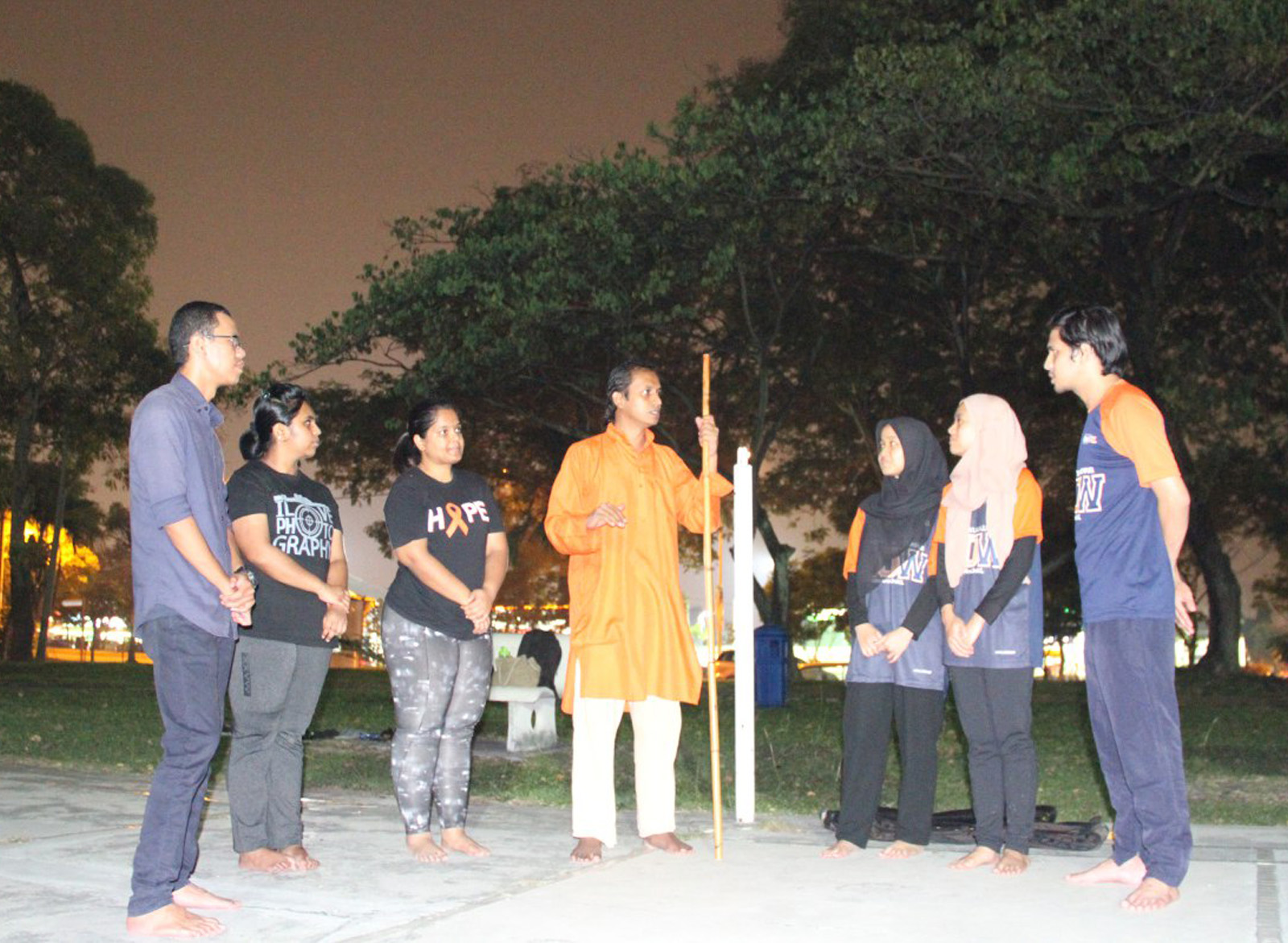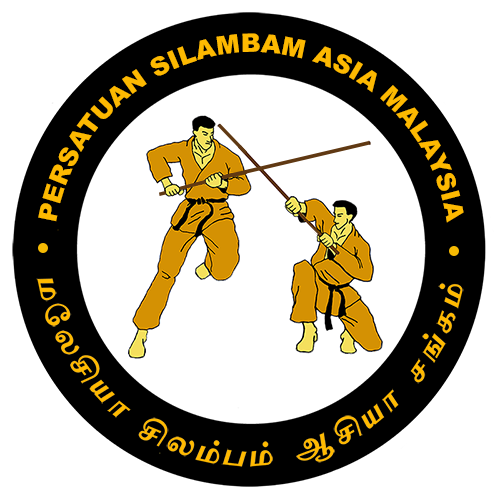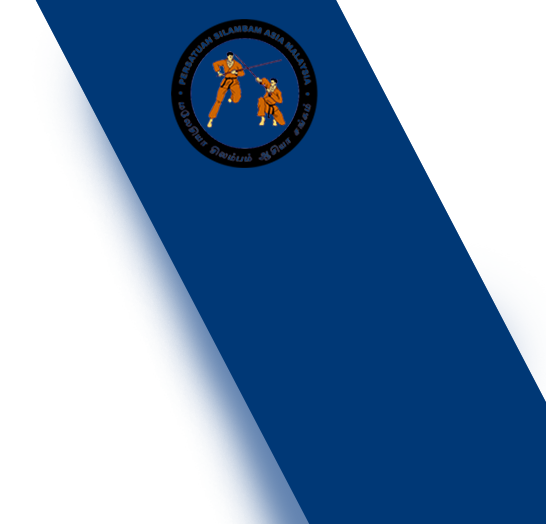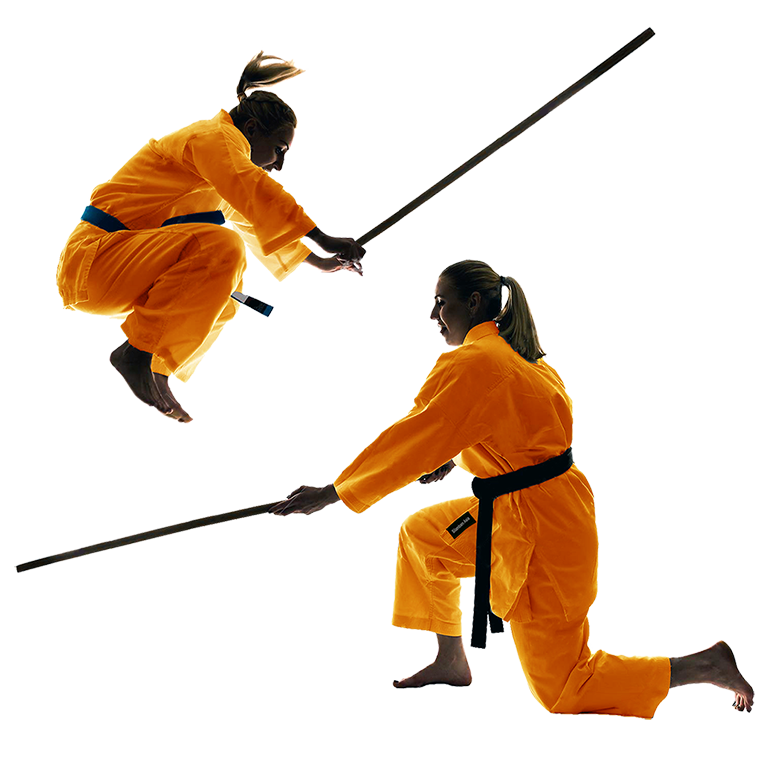
Silambam Tournament
Published: 18 April 2025 by Guruji Murugan Chillayah
Silambam, the ancient Indian martial art rooted in Tamil Nadu, has evolved from a traditional practice into a globally recognized sport. Central to this arts, sports, and cultural transformation are the Silambam tournaments organized by the World Silambam Association (WSA) and Silambam Asia (SILA). These events not only preserve the rich cultural heritage of Silambam but also promote its practice on an international scale. By integrating traditional techniques with modern sports frameworks, these tournaments offer a platform for practitioners worldwide to showcase their skills and foster cross-cultural exchanges.
The structure of Silambam tournaments encompasses various categories that highlight the art's versatility. Competitions include synchronized patterns (Ottisai), single-stick sparring (Todumurai), and stick rotations (Tani Tiramai), among others. These formats test participants' agility, coordination, and mastery of techniques. The tournaments are meticulously organized, adhering to standardized rules and regulations to ensure fairness and safety. Such a structured approach not only enhances the competitiveness of the events but also aligns Silambam with international martial arts standards.
Beyond the competitive aspect, these tournaments serve as educational and cultural gatherings. Workshops, seminars, and demonstrations are often held alongside competitions, providing attendees with deeper insights into Silambam's history, philosophy, and techniques. These activities aim to inspire new practitioners and educate the public about the art's significance. Moreover, the tournaments foster a sense of community among participants, encouraging the exchange of knowledge and experiences across different cultures and backgrounds.
The impact of Silambam tournaments extends to social development and empowerment. By promoting values such as discipline, respect, and perseverance, the practice of Silambam contributes to personal growth and community cohesion. The tournaments often engage youth and underprivileged groups, providing them with opportunities for self-improvement and cultural connection. In this way, Silambam serves as a tool for positive social change, aligning with broader goals of education and inclusivity.
For those interested in martial arts, cultural heritage, or personal development, participating in or attending a Silambam tournament offers a unique and enriching experience. These events not only celebrate the art's historical roots but also demonstrate its relevance in today's global society. By supporting and engaging with Silambam tournaments, individuals contribute to the preservation and growth of this ancient martial art, ensuring its legacy for future generations.
Soalan Lazim
Silambam is a traditional Indian martial art emphasizing rattan or bamboo staff techniques, other Indian traditional weapons, and dynamic footwork.
Yes, Silambam welcomes beginners, starting with foundational footwork, unarmed practices (Kuttu Varisai), and basic staff handling techniques.
Practicing Silambam enhances flexibility, cardiovascular endurance, coordination, and overall physical fitness levels.
Yes, students can engage in local and international tournaments and cultural performance events.
Progression varies; each belt level generally requires 3–6 months of consistent training.






